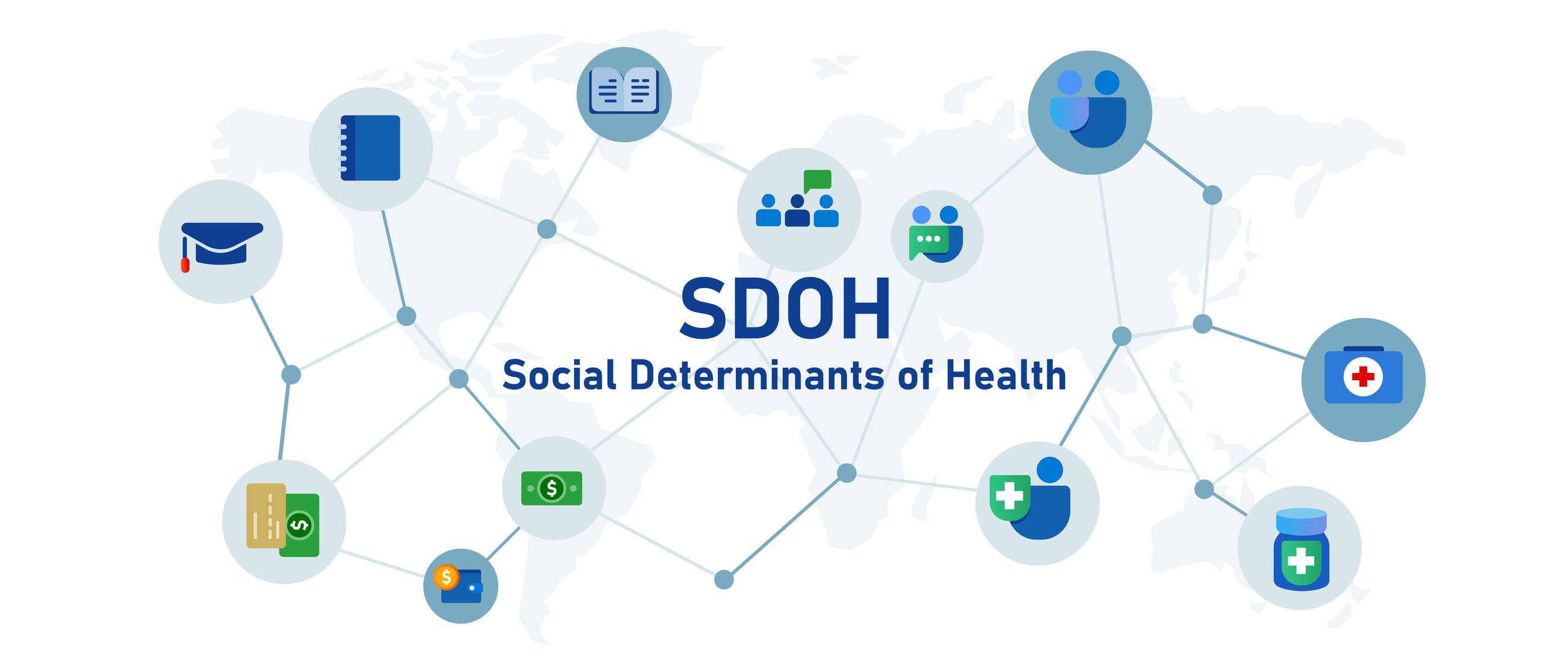From NurseZone.com By Christina Orlovsky
June 13, 2012 - As the population ages and the need for health care increases, access to care is often a challenge, based on location, provider availability, chronic conditions and economic factors. One potential solution to a number of these challenges is the umbrella of care called telemedicine.
According to the American Telemedicine Association (ATA), telemedicine is defined broadly as the delivery of any health care service through any telecommunications medium--for example, a patient seeing a doctor, nurse or allied health professional via a videoconference, rather than in-person, or a patient with a chronic condition utilizing an in-home device to monitor vital signs and transmit data to a nursing center for assessment and medical intervention.
“The one thing that ties all telemedicine together is that it involves a clinical health care service, it directly contributes to the health and well-being of patients, and the patient and provider are separated by some geographic distance,” said Benjamin Forstag, senior director of communications for the Washington, D.C.-based ATA.
Nurses are directly involved in the virtual delivery of health care through telehealth nursing, defined by the ATA as “the use of telehealth/telemedicine technology to deliver nursing care and conduct nursing practice.”
According to Cindy K. Leenknecht, MS, ACNS-BC, chair of the ATA Telehealth Nursing Special Interest Group (SIG), nurses hold a variety of roles in the telehealth arena, depending on their individual scope of practice. They utilize telemedicine technology in the ICU, nursing homes and home-health environments.
“They are reaching into many remote sites using telemedicine, including homes, monitoring for congestive heart failure, diabetes, COPD, hypertension, etc., where they monitor vital signs and question responses, evaluate and call patients to clarify symptoms, and advise on further actions to take, such as call a physician, take a forgotten medicine, etc.,” she explains. “They also deliver timely education and reinforce that education.”
The ATA stresses that telehealth nursing is not a specialty area within nursing. In fact, any nurse who has ever spoken to a patient over the phone has practiced some form of telehealth. As such, the same qualities that attribute to nursing success at the bedside come into play with telemedicine.
“Telehealth nurses need the same nursing skills as all nurses practicing in specialty areas, but with an ability to utilize the technology to the best of its ability to assess and communicate the patient’s physical and mental status,” Leenknecht said. “Excellent organization, critical thinking and communication skills are required also, but the most important skill is to understand the technology and its potential and limitations and have the intuitiveness in how to utilize it to provide the care needed at the time.”
Treating millions of veterans across the miles
One health care system that is uniquely positioned to provide telemedicine services to its patients is the Veterans Health Administration (VHA), the health care arm of the U.S. Department of Veterans Affairs. Responsible for the care of 5.6 million American veterans each year, the VHA utilizes telehealth in a number of ways to be able to meet the health care needs of its extensive patient population, spread out across the entire country.
“In total, in fiscal year 2011, VHA provided telehealth services to 380,000 veterans,” said Adam Darkins, M.D., chief consultant of care coordination services for the VHA Office of Telehealth Services. “We anticipate that number will rise this year by somewhere between 30 to 50 percent.”
The primary use of telehealth for the VHA is through home telehealth, managing chronic conditions like diabetes and depression for 74,000 veterans in their own homes, through the use of telehealth devices that monitor vital signs such as weight, pulse, blood pressure and blood glucose, and ask questions on a daily basis about symptoms and behaviors. A care coordinator--usually a nurse employed in a full-time telehealth role--manages a panel of these patients from a remote location with the goal of educating patients and their caregivers, monitoring their disease symptoms and daily behaviors, and intervening when they’re alerted to warning signs.
“These programs were built to support aging veterans who, as they get older, are living longer and staying healthier and, like all of us, would prefer to live independently,” Darkins explained. “The care coordinator works in partnership with the patient, their family caregiver and their community caregiver to help people with multiple hospitalizations transition home after a discharge, educate them about care management, and intervene early to prevent readmissions. We have seen outcomes of a 30 percent reduction in hospital admissions and bed days of care.”
The anticipated increase in need for care is accompanied by an increased need for care providers--and a need for training.
“These are new areas of care that aren’t taught in schools of nursing or medicine, so one thing the VHA has done is created a training center for each of its areas of telehealth that train to the order of 2,500 people per year, with 90 percent of the training taking place online,” Darkins said, adding that he often sees highly trained nurses turning toward telehealth.
“What we find is often very experienced nurses toward the end of their career are attracted to this and say ‘This is why I came into health care,’” he concluded. “It really gets to the heart of providing holistic care where there’s a real need.”






